

Articles
How To Store Pastries Overnight
Modified: May 6, 2024
Learn how to properly store pastries overnight to keep them fresh and delicious. Our informative articles provide helpful tips and techniques for preserving your baked goods.
(Many of the links in this article redirect to a specific reviewed product. Your purchase of these products through affiliate links helps to generate commission for Storables.com, at no extra cost. Learn more)
Introduction
When it comes to indulging in pastries, nothing beats the fresh-out-of-the-oven experience. However, there are times when we want to enjoy our favorite pastries later, maybe for breakfast or a special occasion. To ensure that these sweet treats retain their flavor and texture, it is essential to store them properly overnight.
Proper storage of pastries not only keeps them fresh but also prevents stale or soggy outcomes. Whether you have homemade pastries or those from a bakery, taking the right steps to store them will ensure that you can savor their goodness even after hours or days. In this article, we will explore the importance of proper storage and guide you through the best practices to keep your pastries delicious and fresh overnight.
So, if you find yourself with leftover pastries or simply want to enjoy a delicious treat the next day, read on to discover the secrets to perfect pastry storage!
Key Takeaways:
- Properly storing pastries overnight is crucial for maintaining their freshness, flavor, and texture. Choose the right container, cool the pastries, wrap them securely, and select the ideal storage method to enjoy delicious treats anytime.
- Reheating pastries before serving can restore their warmth and enhance their taste. Follow recommended methods for different types of pastries, and enjoy the delightful flavors of well-preserved treats.
Read more: How To Store Puff Pastry
Importance of Proper Storage
The proper storage of pastries is crucial for maintaining their taste, texture, and overall quality. Here’s why it is important:
1. Preserve Freshness: Proper storage helps to preserve the freshness of pastries by minimizing exposure to air, humidity, and other elements that can cause them to become stale or dry out.
2. Retain Texture: By storing pastries correctly, you can prevent them from getting soggy or losing their desired texture. This is especially important for delicate pastries like croissants and puff pastries, which can quickly become mushy if not stored properly.
3. Avoid Scent/Taste Transfer: Storing pastries separately from other strong-smelling foods can prevent them from absorbing unwanted odors or tastes. This ensures that the pastries retain their intended flavors and don’t end up with a strange aftertaste.
4. Prevent Contamination: Proper storage helps to protect pastries from contamination by bacteria or other contaminants, reducing the risk of foodborne illnesses. This is particularly important in warmer climates or during hot summer months.
5. Extend Shelf Life: By storing pastries correctly, you can extend their shelf life and enjoy them for a longer period. This is especially useful when you have leftover pastries or when you want to prepare them in advance for an event.
Now that we understand the importance of proper storage, let’s dive into the specifics of how to store pastries overnight to keep them at their best.
Choosing the Right Container
When it comes to storing pastries overnight, selecting the right container is key to maintaining their freshness and preventing them from becoming stale or soggy. Here are some tips for choosing the right container:
1. Airtight Containers: Opt for airtight containers that create a seal to keep air and moisture out. These containers help preserve the texture and flavor of the pastries, preventing them from drying out or absorbing excess moisture.
2. Size and Shape: Choose a container that is spacious enough to accommodate the pastries without squishing them. Avoid overcrowding as this can lead to deformation or loss of shape. Consider the shape of the pastries and choose a container that allows for them to be stored without any overlapping or bending.
3. Transparent Containers: Opt for transparent containers whenever possible. This allows you to easily see the contents without having to open the container, reducing unnecessary exposure to air or moisture.
4. Stackable Containers: If you have multiple pastries to store, look for stackable containers. These not only save space but also help prevent the pastries from getting crushed or damaged.
5. Consider the Material: Choose containers made from food-safe materials like glass or BPA-free plastic. These materials are more hygienic and less likely to impact the taste or quality of the pastries.
Remember to clean and sanitize your container before using it to ensure optimal storage conditions. Additionally, label the container with the name and date to keep track of the freshness of the pastries.
By selecting the right container, you can create an ideal storage environment for your pastries, ensuring they stay fresh and delicious overnight. Now, let’s move on to the next step: cooling the pastries before storage.
Cooling the Pastries
Before you proceed to store your pastries, it’s crucial to allow them to cool completely. Cooling the pastries properly helps to maintain their structure and prevents them from becoming soggy when stored. Here are some tips for cooling your pastries before storage:
1. Remove from the Oven: Once your pastries are done baking, take them out of the oven and place them on a wire rack. This allows air to circulate around the pastries, preventing condensation and ensuring even cooling.
2. Avoid Direct Sunlight: During the cooling process, make sure to keep the pastries away from direct sunlight. Sunlight can cause the pastries to become overly dry or develop a stale taste.
3. Let Them Sit: Allow the pastries to sit undisturbed on the wire rack until they reach room temperature. This usually takes about an hour or so, depending on the size and type of pastry.
4. Avoid Touching: Avoid touching or moving the pastries while they are cooling. Handling them too soon can lead to deformities or loss of texture.
5. Pat Dry if Necessary: If the pastries have excess moisture or a thin glaze, you can gently pat them dry with a clean paper towel. This helps to remove any surface moisture that can lead to sogginess.
By ensuring that your pastries are completely cooled before storing, you’ll be setting them up for success in terms of texture and freshness. Now that the pastries have cooled, let’s move on to the next step: wrapping them securely for storage.
Wrapping the Pastries
Properly wrapping your pastries is crucial to keep them fresh and protect them from moisture and air exposure. The right wrapping technique will maintain the texture and flavor of the pastries. Here are some tips for wrapping your pastries:
1. Use Parchment Paper: For most pastries, it is best to wrap them individually in parchment paper. Parchment paper is non-stick, breathable, and helps to prevent the pastries from sticking to each other or the container.
2. Avoid Plastic Wrapping: While plastic wrap may seem like a convenient option, it can trap moisture and cause the pastries to become soggy. It is best to avoid using plastic wrap unless you are planning to consume the pastries within a few hours.
3. Wrap Tightly: Ensure that the pastries are wrapped tightly to minimize air exposure. This helps to maintain their freshness and prevents them from drying out.
4. Secure with Tape or Twist Ties: If needed, use a small piece of tape or twist ties to secure the parchment paper around the pastry. This will keep the wrapping in place and prevent it from unraveling.
5. Label the Wrapping: For easy identification, it’s a good idea to label the wrapping with the name and date of the pastry. This helps you keep track of the freshness and prevents any confusion when you retrieve the pastries later.
Remember, delicate pastries like puff pastries or those with delicate toppings should be handled with care during the wrapping process to avoid any damage.
Once your pastries are securely wrapped, you’re ready to store them. The storage method will depend on whether you plan to keep them at room temperature, refrigerate, or freeze them. We will explore these options in the next sections.
Store pastries in an airtight container at room temperature or in the refrigerator to keep them fresh overnight. If they have a cream or custard filling, store them in the refrigerator to prevent spoilage.
Read more: How To Store Danish Pastries
Storing at Room Temperature
Storing pastries at room temperature is ideal when you want to enjoy them within a day or two. However, it is important to choose the right environment and follow proper storage practices to maintain their freshness. Here’s how to store pastries at room temperature:
1. Choose a Cool, Dry Place: Find a cool and dry area in your kitchen or pantry to store the pastries. Avoid places with direct sunlight or areas that are prone to heat and humidity, as these conditions can cause the pastries to spoil quickly.
2. Use airtight containers or bags: Place the wrapped pastries in an airtight container or sealable plastic bag to protect them from air exposure. Make sure the container is big enough to prevent any squishing or deformation of the pastries.
3. Keep Away from Strong Odors: Store the pastries away from strong-smelling foods or spices, as they can transfer their flavors to the pastries. This ensures that your pastries retain their intended taste and aroma.
4. Don’t Refrigerate: When it comes to storing pastries at room temperature, it’s best to avoid refrigeration. Cold temperatures can make the pastries go stale faster and affect their texture and taste.
5. Check for Freshness: Before consuming stored pastries, always check for signs of spoilage. Look out for any mold growth, unusual odors, or a change in texture. If you notice any of these signs, it is best to discard the pastry.
It’s important to note that storing pastries at room temperature is suitable for short-term storage. If you need to store your pastries for a longer period, it’s recommended to refrigerate or freeze them. We will explore these options in the next sections.
Storing in the Refrigerator
If you want to store your pastries for a longer period, the refrigerator is a great option. The cooler temperature helps to slow down the growth of bacteria and prolong the freshness of the pastries. Follow these guidelines to store pastries in the refrigerator:
1. Wrap Properly: Ensure that each pastry is individually wrapped in parchment paper or placed in airtight containers to prevent them from drying out or absorbing unwanted odors. This helps to maintain their texture and flavor.
2. Choose the Right Shelf: Place the wrapped pastries on a middle shelf of the refrigerator. Avoid placing them near the back of the fridge where the temperature can fluctuate due to the opening and closing of the door.
3. Avoid Overcrowding: Allow some space between each pastry to promote air circulation. Overcrowding can lead to uneven cooling and affect the quality of the pastries.
4. Separate Strong-Smelling Foods: Keep pastries away from strong-smelling foods or ingredients in the refrigerator to prevent flavor transfer. This ensures that your pastries retain their original taste and aroma.
5. Check for Freshness: Periodically check the stored pastries for any signs of spoilage. If you notice any mold growth, unusual odors, or a change in texture, it’s best to discard the pastry.
It’s important to note that while refrigeration helps to extend the shelf life of pastries, it can also affect their texture by making them slightly drier. To counteract this, you can briefly reheat the pastries in the oven or microwave before consuming to restore their freshness.
Storing pastries in the refrigerator is a great option when you want to enjoy them over the course of a few days. However, if you’re looking for long-term storage, freezing is the way to go. Let’s explore how to store pastries in the freezer next.
Storing in the Freezer
Freezing pastries is the best option for long-term storage. It allows you to keep your favorite pastries fresh for several weeks, preserving their taste and texture. Follow these steps to store pastries in the freezer:
1. Wrap Individually: Wrap each pastry tightly in two layers of plastic wrap to prevent freezer burn and maintain their freshness. Alternatively, you can use airtight freezer bags or containers for protection.
2. Label and Date: Label each wrapped pastry with the name and date of freezing. This will help you keep track of freshness and ensure you consume them in the recommended timeframe.
3. Arrange in Layers: Place the individually wrapped pastries in a single layer on a baking sheet or tray. This prevents them from sticking together during the freezing process.
4. Freeze Completely: Once the pastries are arranged in a single layer, place the baking sheet or tray in the freezer and allow the pastries to freeze completely. This usually takes a few hours.
5. Transfer to Freezer Bags or Containers: Once the pastries are frozen, transfer them to labeled freezer bags or airtight containers for easier storage. This also helps to save space in the freezer.
6. Keep in the Back of the Freezer: Store the pastries at the back of the freezer where the temperature remains constant and less susceptible to fluctuations.
7. Thawing Process: When you’re ready to enjoy the pastries, thaw them in the refrigerator overnight or at room temperature for a few hours. Avoid microwaving or using high heat, as it can negatively affect the texture of the pastries.
Frozen pastries can typically be stored for up to three months. However, note that the texture and taste may deteriorate slightly over time. Therefore, it’s best to consume them within the recommended timeframe for the best experience.
By following these steps, you can enjoy your favorite pastries anytime, even if they were made weeks ago. Freezing is a convenient and effective method to preserve the quality of pastries for an extended period.
Reheating the Pastries
Reheating pastries before serving can help restore their warmth and enhance their taste. Here are some recommended methods for reheating different types of pastries:
1. Croissants and Danishes: Preheat your oven to 350°F (180°C). Place the pastries on a baking sheet and bake for about 5-7 minutes until they are warmed through and the edges turn slightly golden. This method helps to retain their flaky texture.
2. Muffins and Scones: Preheat your oven to 325°F (165°C). Wrap the pastries in aluminum foil and place them on a baking sheet. Bake for about 10-15 minutes until they are heated through. This gentle reheating method helps to prevent them from drying out.
3. Puff Pastry: Preheat your oven to 375°F (190°C). Place the pastries on a baking sheet and bake for 10-15 minutes until they are crispy and golden. This method helps to bring back the puffiness and flakiness of the pastry.
4. Cream-filled pastries: Reheating cream-filled pastries like éclairs or cream puffs is not recommended, as the filling can melt and lose its texture. It’s best to consume these pastries at room temperature.
5. Glazed or Frosted pastries: If your pastries have glaze or frosting, it’s best to let them thaw at room temperature before reheating. Once they are thawed, you can briefly warm them in the microwave for a few seconds or in a low-temperature oven until the glaze or frosting becomes slightly melty.
Remember to always check the internal temperature of the reheated pastries to ensure they are heated through properly. Be cautious not to overheat them, as it can lead to dryness.
It’s important to note that not all pastries are suitable for reheating. Delicate pastries like macarons or custard-filled pastries may not hold up well to reheating and are best enjoyed as is.
Now that you know how to properly reheat your pastries, you can enjoy them just as freshly baked even after storing them. Time to indulge in your delicious treats!
Read more: How To Store Choux Pastry
Conclusion
Properly storing pastries overnight is essential to maintain their freshness, flavor, and texture. Whether you choose to store them at room temperature, in the refrigerator, or in the freezer, following the right methods will ensure that you can enjoy your favorite pastries even after hours or days.
Start by choosing the right container, such as an airtight one, to protect the pastries from air and moisture. Cooling the pastries completely before storage prevents them from becoming soggy. Wrapping the pastries individually in parchment paper helps to maintain their quality and prevent sticking. Depending on your storage preference, you can store pastries at room temperature for a short period, refrigerate them for a few days, or freeze them for longer-term storage.
When it’s time to enjoy the pastries, reheating them using suitable methods will bring back their warmth and enhance their taste. Take care to not overheat them, as it can affect the texture.
Remember to always check the freshness and quality of stored pastries before consuming. If you notice any signs of spoilage, discard them to avoid any health risks.
Now that you have the knowledge to store and reheat pastries, you can prolong the enjoyment of your favorite treats. Whether it’s a decadent croissant, a gooey cinnamon roll, or a flaky danish, you can savor the deliciousness whenever you desire.
So the next time you have leftover pastries or want to prepare them in advance, use these tips and techniques to keep them fresh and delightful. Store them with care, reheat them with precision, and indulge in the heavenly taste that well-preserved pastries offer.
Happy pastry storing and savoring!
Now that you've mastered storing pastries overnight, why not take your food preservation skills to the next level? Our upcoming article on the best food storage solutions for the upcoming year offers a wealth of practical advice for keeping all your culinary creations fresh and tasty. Whether you're looking to optimize pantry space or find the most efficient containers, this guide is packed with valuable insights. Don't miss out on these essential tips to elevate your kitchen prowess!
Frequently Asked Questions about How To Store Pastries Overnight
Was this page helpful?
At Storables.com, we guarantee accurate and reliable information. Our content, validated by Expert Board Contributors, is crafted following stringent Editorial Policies. We're committed to providing you with well-researched, expert-backed insights for all your informational needs.

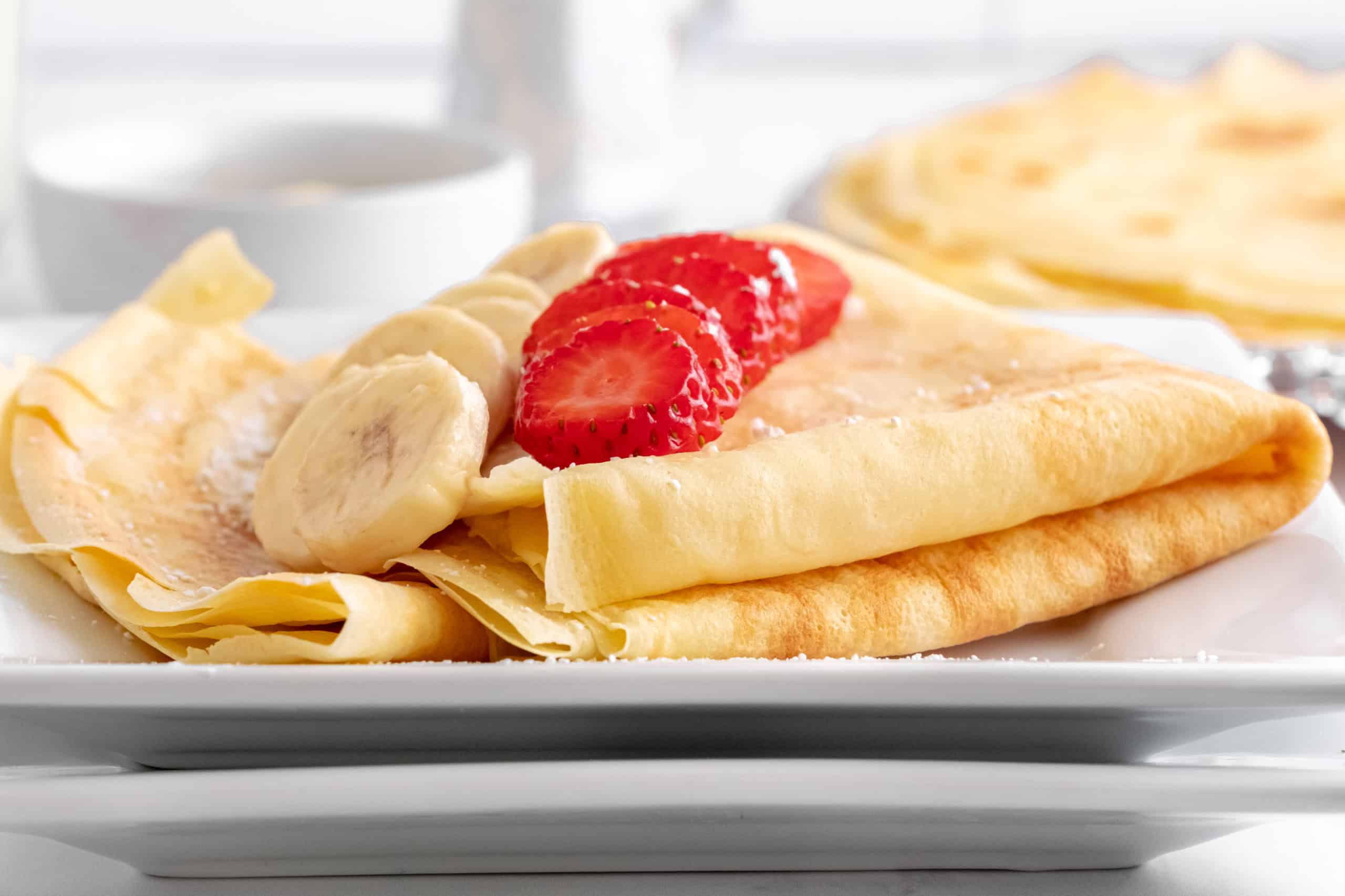
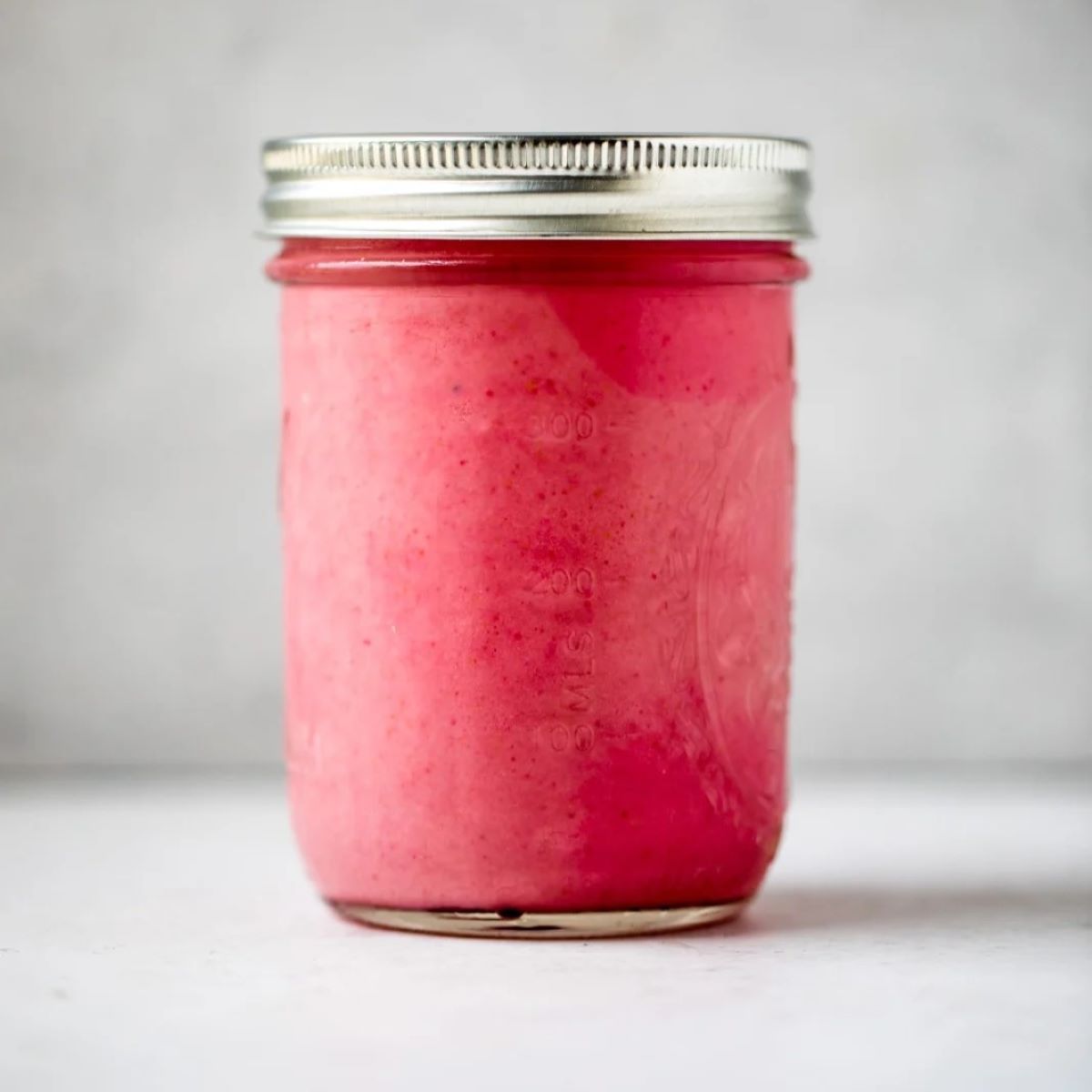
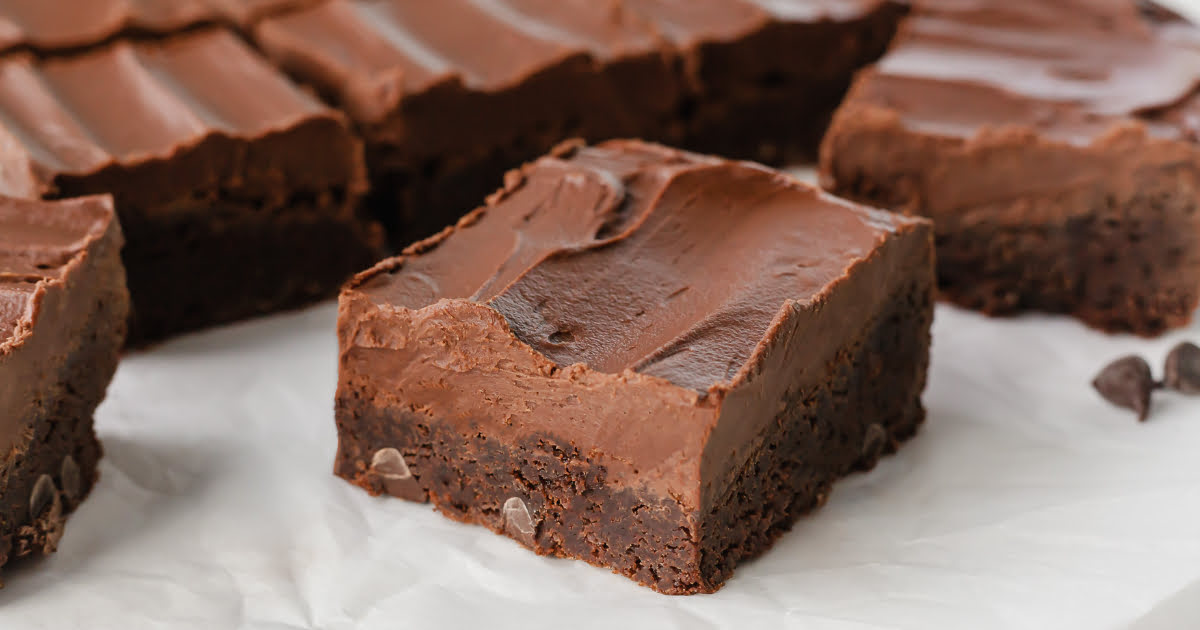

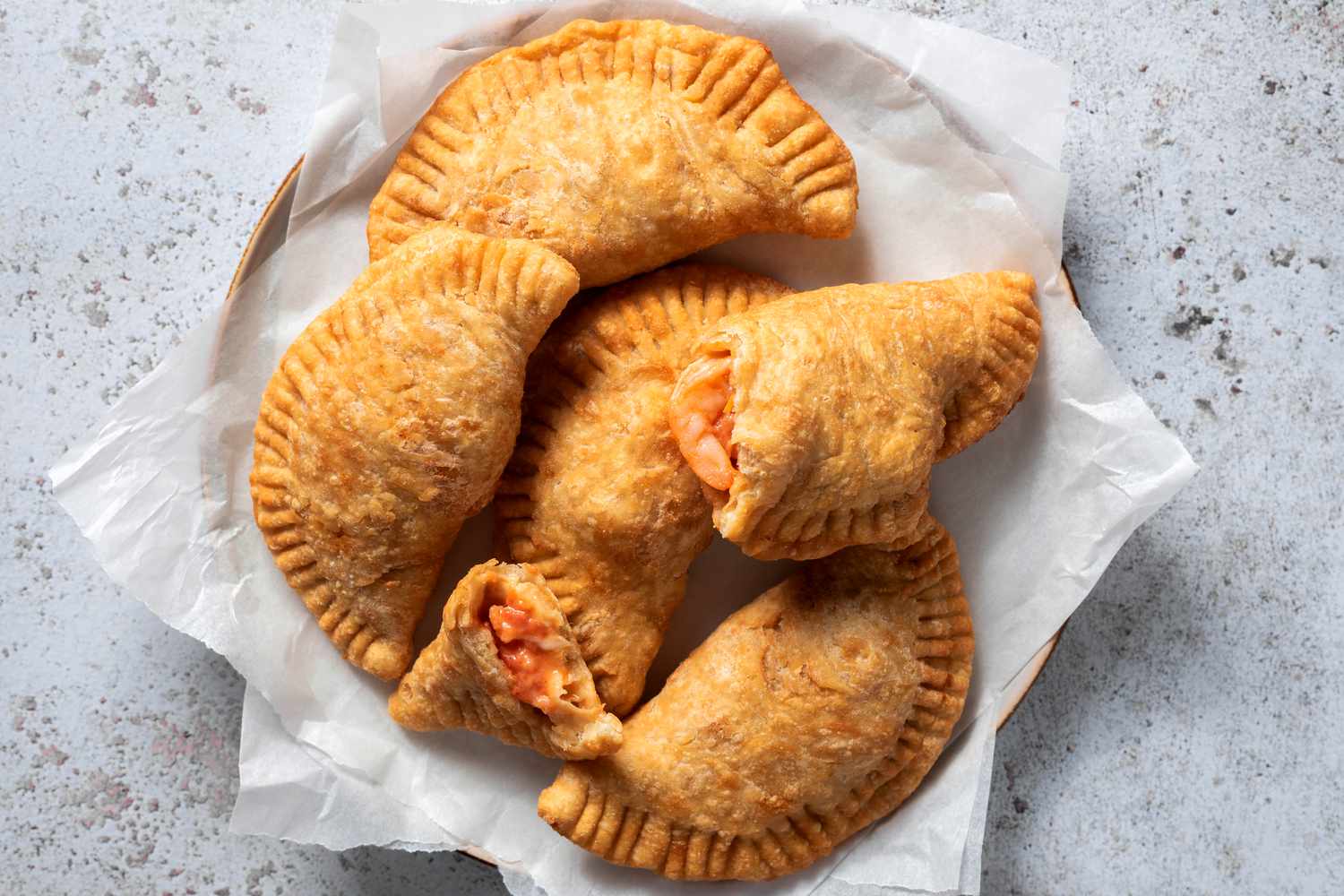
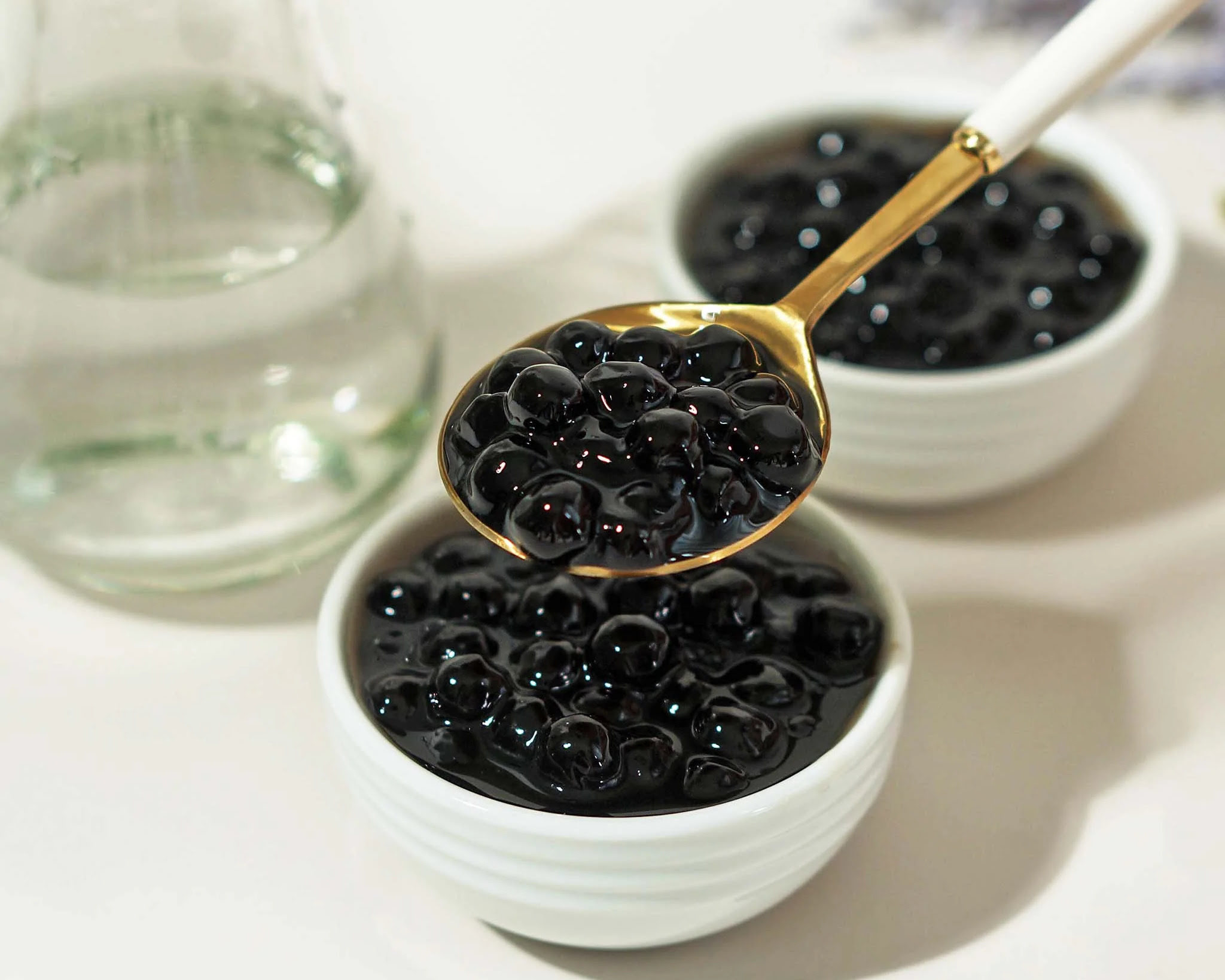
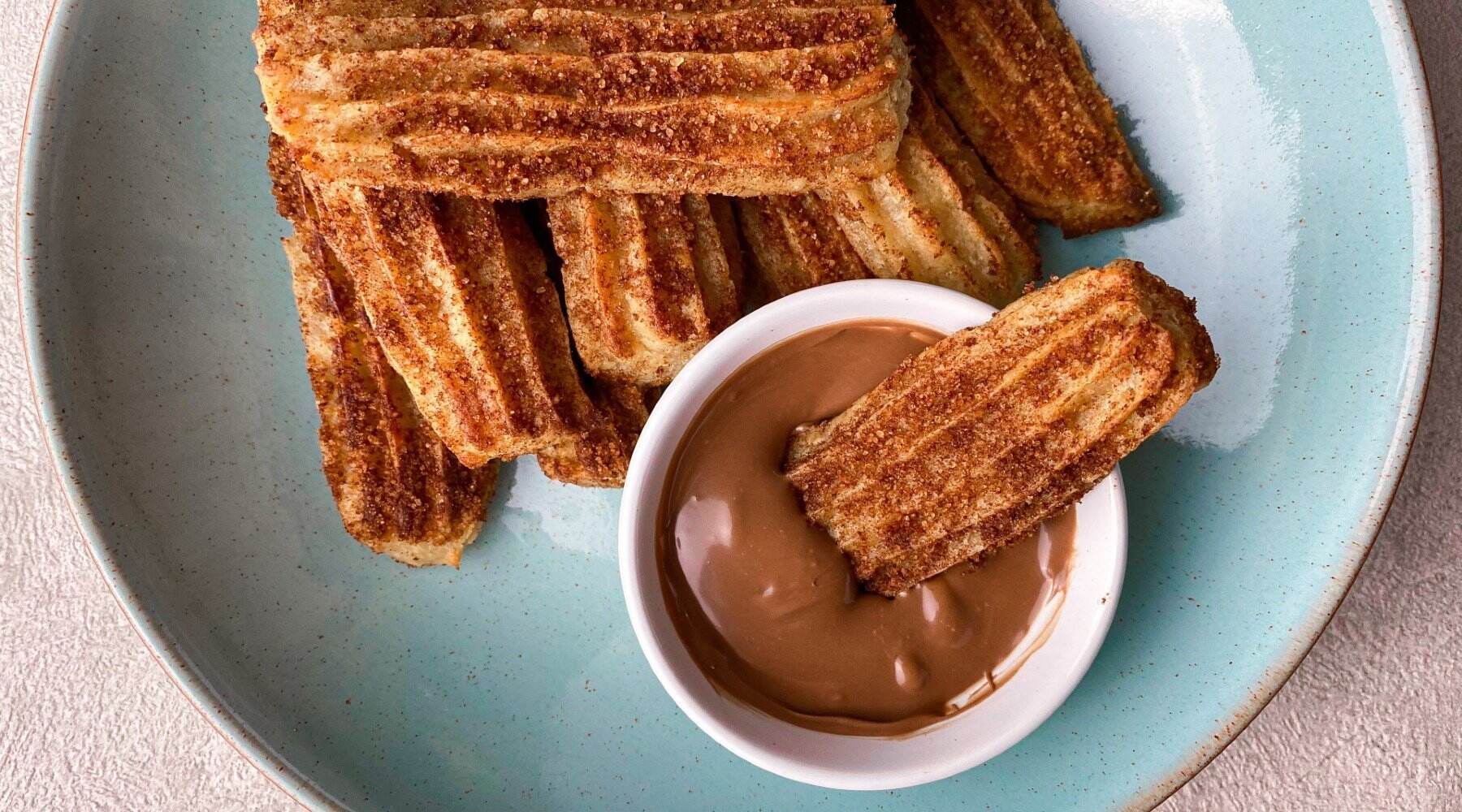
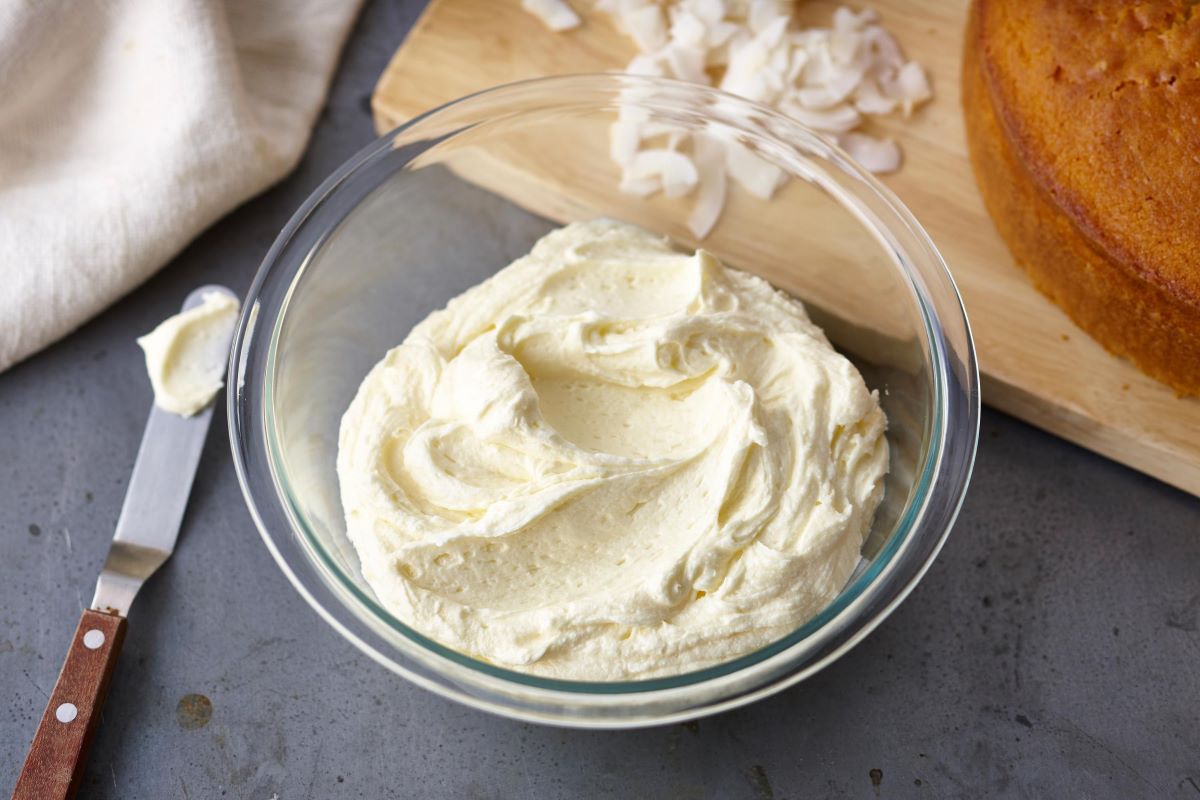

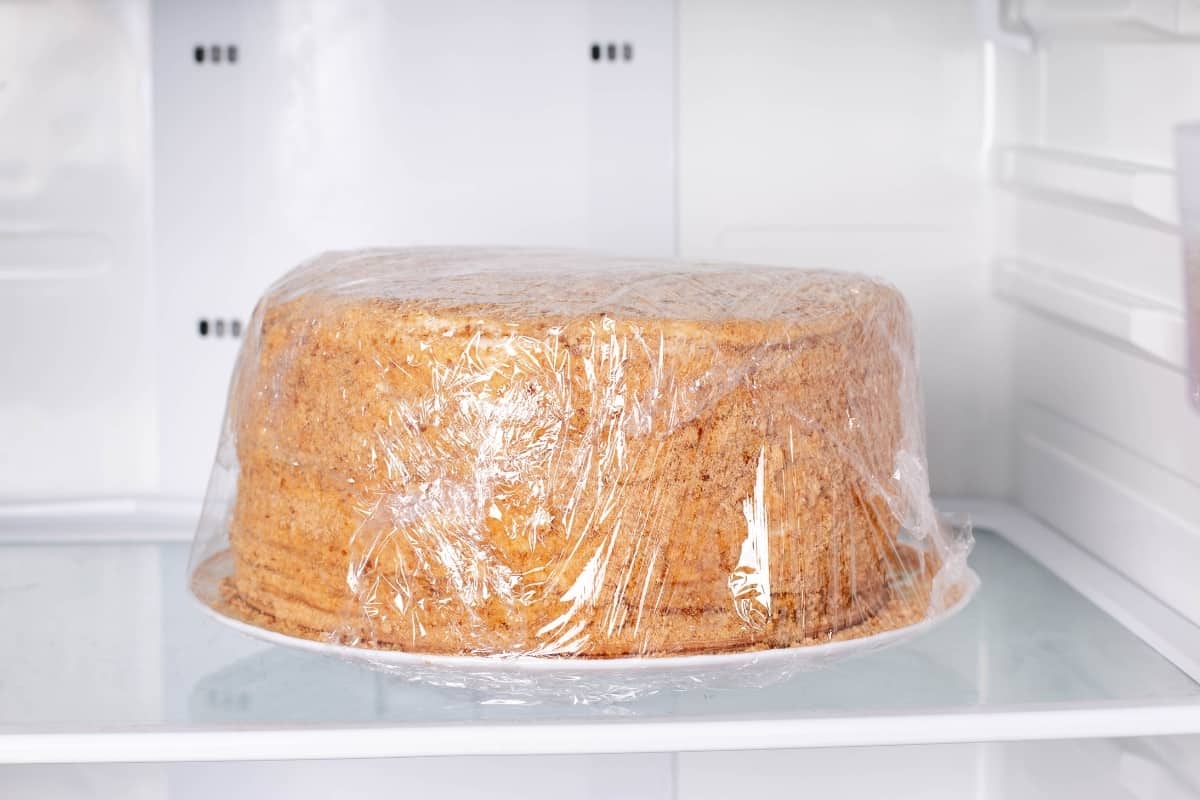



0 thoughts on “How To Store Pastries Overnight”